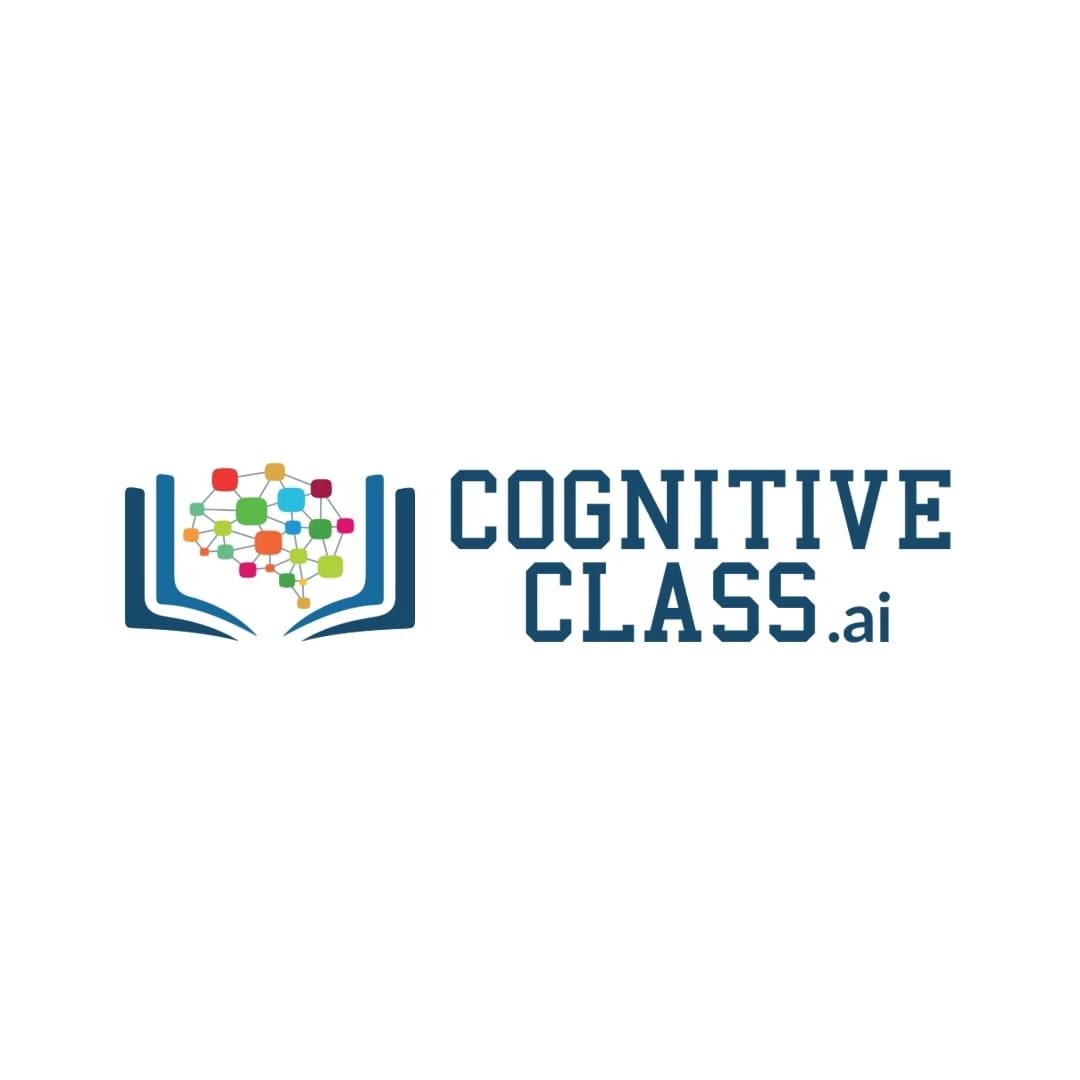Deploy a Database Web App with IBM Cloudant
Build and deploy a database-driven web app using IBM Cloudant. Learn to integrate scalable, NoSQL databases with web applications for high-performance storage and retrieval.
At a Glance
In this guided project, you will discover how to create a Node.js JavaScript application that can access an IBM Cloudant database. You will create and deploy a web application with a NoSQL database in IBM Cloud. You will explore the features of the Cloudant dashboard, add data to the Cloudant database, and verify the data stored in the database from the Cloudant dashboard.
In this guided project you will create and deploy a Node.js application in IBM Cloud and connect it to IBM Cloudant to explore NoSQL database features. Starting from the IBM Cloud dashboard, you will create an instance of IBM Cloudant. Next you will start an instance of Cloud Foundry with the Software Development Toolkit (SDK) for Node.js runtime application.
When IBM Cloud deploys your sample Hello World Node.js application, you will enable continuous delivery by configuring a delivery pipeline tool chain. You will discover how to improve security by using the identity and access management (IAM) to create your application programming interface (API) key.
From the tool chain page you will create a connection that will allow your application to use the Cloudant service. Then you will explore the environment variables that the connection has added for you. You will explore the default VCAP_SERVICES environment variable, which is a stringified JavaScript object notation (JSON) object. JSON is a popular open standard file format and data interchange format.
Next you will review your application on DevOps. DevOps is a software methodology that integrates application development and information technology (IT) operations. You will use the Eclipse Orion Web integrated development environment (IDE) to view the metadata relevant to the project. Then you will discover how to make changes in the Web IDE editor by updating the manifest.yml file. You will use the Web IDE to launch the configuration and deploy the updated application. You will access the Git repository directly from the Web IDE to commit and push the changes.
Next you will check the status of the pipeline to confirm that your application has updated successfully. If it has, then you will be able to access the application in a new browser tab to see it running with Cloudant. In the browser, you will see how Cloudant displays labels for the sample name-value pair that is stored in the Cloudant database, You will discover how to edit and add resource categories and upload data files. Exploring the Cloudant dashboard, you will check your database and examine its documents. These documents contain JSON name-value pairs. You will discover ways to edit your document contents and run queries on the data.
This guided project will give you a great start in using a Cloudant service, DevOps, and Git to build, deploy, monitor, and update a cloud application.
A Look at the Project Ahead
Once you have completed this project, you’ll be able to:
- Create a starter Node.js application with a Cloudant DB service from a Node.js Cloudant Sample Git repository.
- Review the service environment variables.
- Explore the features of the Cloudant dashboard.
- Run the IBM Cloud application.
- Run the application and add data to the Cloudant database.
- Verify the data that is stored in the database from the Cloudant dashboard.
Just a web browser and an IBM Cloud account!
Everything else is provided to you via the IBM Skills Network Labs environment. This platform works best with current versions of Chrome, Edge, Firefox, Internet Explorer, or Safari.
Your Instructor
Upkar Lidder









There are no reviews yet.